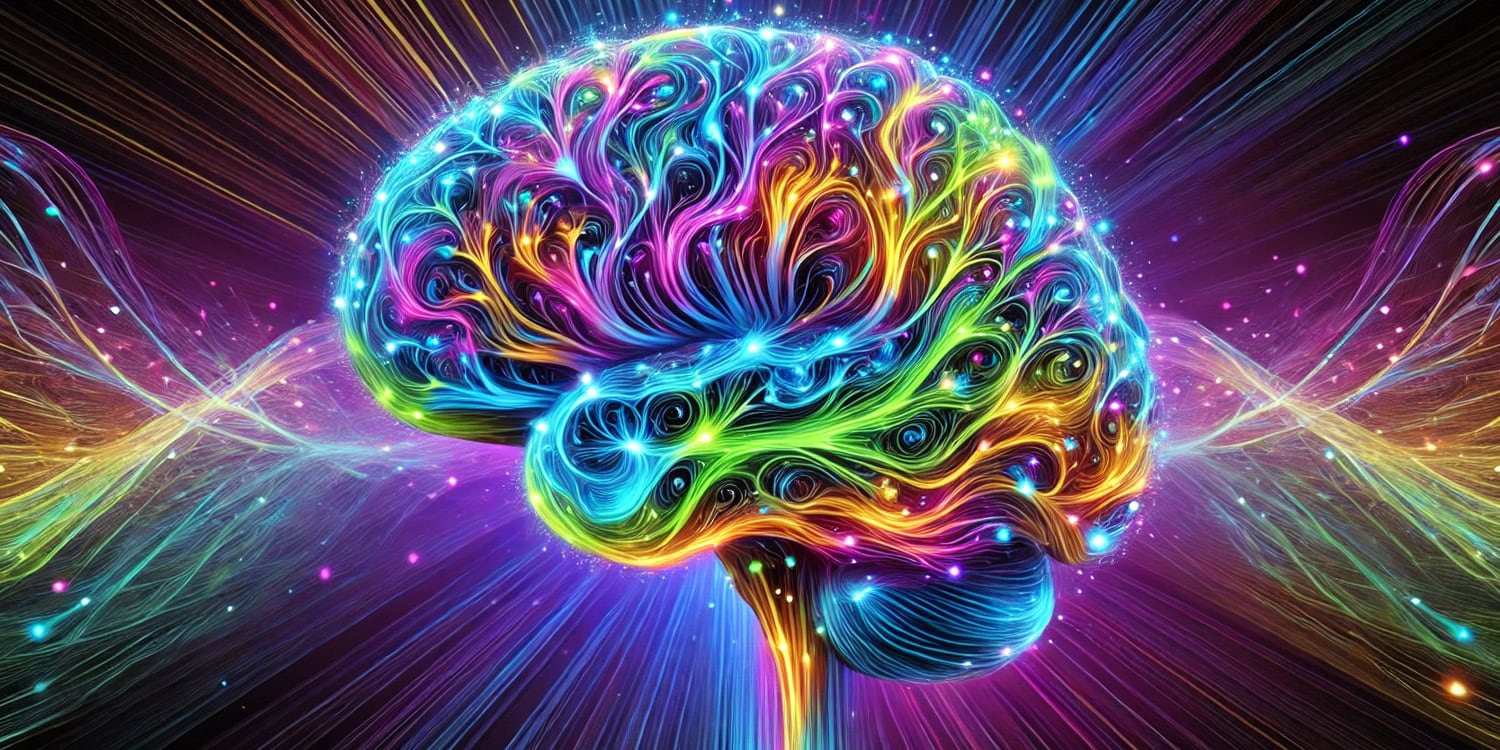Lysergic acid diethylamide, more commonly known as LSD, is perhaps most famous for its hallucinogenic effects. However, recent research published in the journal Heliyon suggests that LSD might also play modulate how the brain processes pain. The study reveals that LSD can alter the brain’s pain neural network, offering potential insights that could influence future research in cognitive science and pharmacology.
LSD is a powerful psychedelic that has intrigued scientists for decades, primarily for its profound effects on human consciousness. Despite its controversial history — especially its role in the counterculture movements of the 1960s and subsequent legal bans — LSD has recently reemerged in scientific research. This resurgence is largely due to growing interest in the therapeutic potential of psychedelics, particularly in treating mental health conditions and chronic pain.
Previous studies have shown that psychedelics like LSD can have therapeutic effects, including pain relief. However, the precise mechanisms by which LSD affects the brain’s pain processing networks were not well understood. The researchers aimed to fill this gap by investigating how LSD influences the brain’s pain neural network. This network comprises brain regions that are crucial in perceiving, processing, and responding to pain.
“Investigating how LSD alters pain perception could provide insights into the drug’s mechanism of action and potential therapeutic applications,” explained study author Hamid Sharini of Kermanshah University of Medical Sciences. This, in turn, “could lead to the development of new, potentially more effective pain management strategies.”
The study involved 20 adult participants, all of whom were carefully screened for both physical and mental health to ensure they had no history of psychiatric illnesses, substance abuse, or significant medical conditions. The participants were excluded if they had prior experience with psychedelic drugs, ensuring that any effects observed could be attributed to LSD rather than previous drug use.
Each participant underwent two sessions, separated by at least two weeks to allow for any drug effects to dissipate. In one session, they were administered a placebo, and in the other, they received a controlled dose of LSD. Importantly, the participants were unaware of which session involved LSD and which involved the placebo, ensuring their expectations did not influence the results.
During both sessions, participants were scanned using functional magnetic resonance imaging (fMRI), a technique that measures brain activity by detecting changes in blood flow. The scans were conducted at specific times following drug administration, designed to capture peak effects of the LSD.
The researchers employed several sophisticated data analysis methods, including amplitude of low-frequency fluctuations (ALFF) analysis and independent component analysis (ICA), to examine the brain’s activity and connectivity patterns. These methods allowed the researchers to investigate both regional brain activity and the interactions between different brain regions.
The study’s findings revealed significant differences in how the brain processed pain under the influence of LSD compared to the placebo. The ALFF analysis indicated that brain regions typically associated with pain processing, such as the anterior cingulate cortex (ACC) and the thalamus, showed reduced activity during the LSD session. In contrast, the placebo session exhibited higher engagement of these regions, suggesting that LSD might decrease the brain’s focus on pain, which could help explain reports of reduced pain perception under the influence of psychedelics.
Furthermore, the ICA analysis uncovered changes in the connectivity patterns between different brain areas. Specifically, LSD appeared to disrupt the usual connectivity between regions involved in the emotional and cognitive aspects of pain, while enhancing connectivity in regions associated with attention and decision-making, such as the frontal pole. This shift in connectivity might contribute to LSD’s ability to alter the subjective experience of pain, potentially by redirecting attention away from the unpleasant aspects of pain.
Additionally, the researchers observed increased activity in the insula, a brain region involved in the perception of bodily states and emotions, during the LSD session. This finding suggests that LSD may heighten awareness of internal sensations while simultaneously altering how these sensations are interpreted, possibly making pain feel less severe.
“LSD affects pain-related brain networks in ways that were not anticipated, potentially leading to new insights into pain mechanisms,” Sharini told PsyPost. “More studies are needed to fully understand the potential benefits and risks. Caution is necessary: LSD is a powerful substance, and its use outside of a controlled research setting is not recommended.”
It is also important to note that study only included healthy volunteers who were not experiencing chronic pain. Therefore, it is unclear how LSD might affect individuals with chronic pain conditions, who may have different brain connectivity patterns than healthy individuals. Further research is needed to explore whether LSD could be effective in alleviating chronic pain in patients and how it compares to other pain management strategies.
Additionally, the study focused on the acute effects of LSD, meaning it only measured brain activity and connectivity during the immediate aftermath of drug administration.
“While the short-term effects of LSD have been extensively studied, our understanding of its long-term implications for the brain and pain experience remains limited,” Sharini said. “We intend to research the long-term effects.”
The study, “Clinical utility of fMRI in evaluating of LSD effect on pain-related brain networks in healthy subjects,” was authored by Ayob Faramarzi, Masoomeh Fooladi, Mitra Yousef Pour, Ehsan Khodamoradi, Ava Chehreh, Sasan Amiri, Mehrdad Shavandi, and Hamid Sharini.




